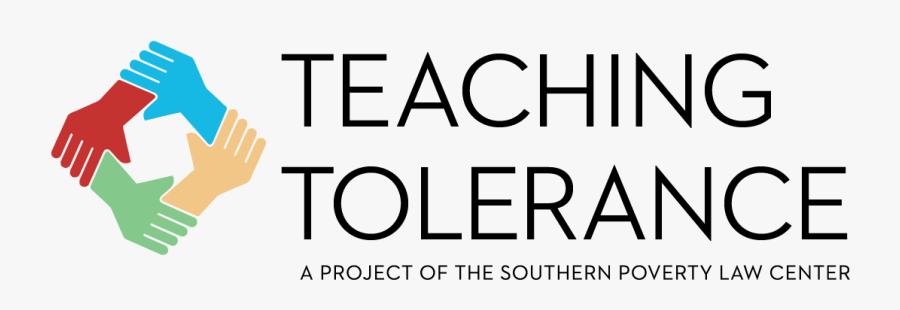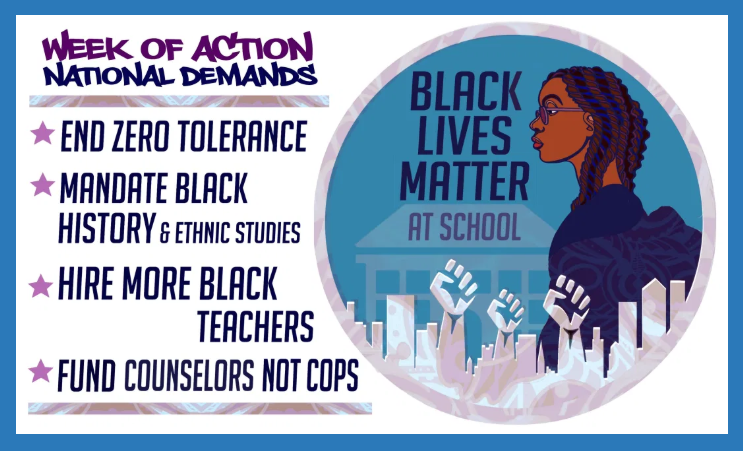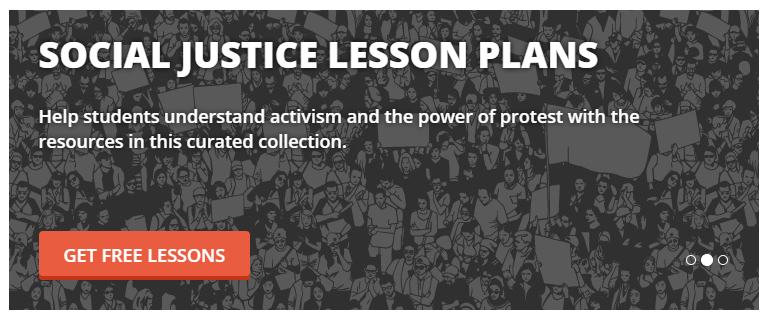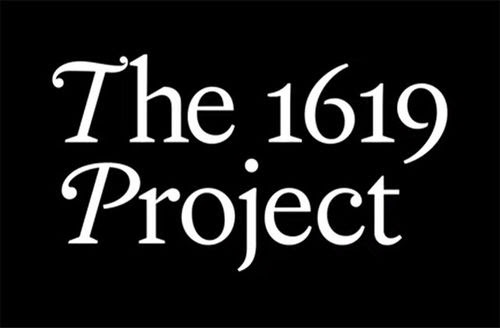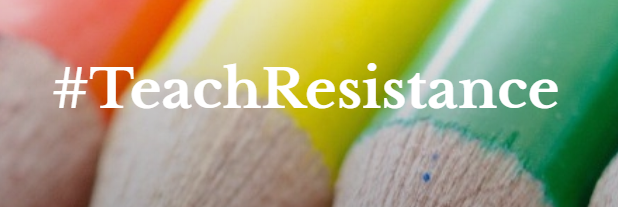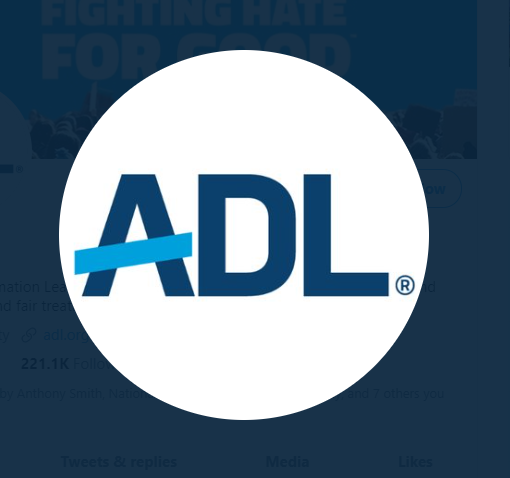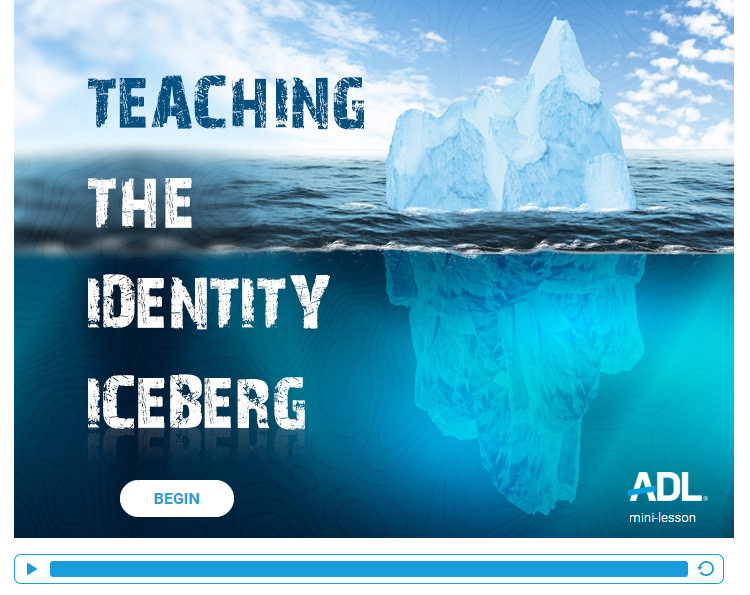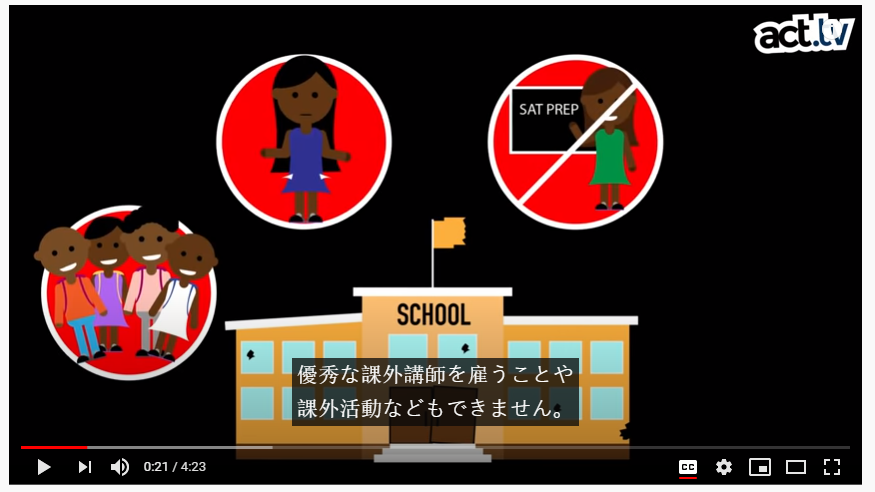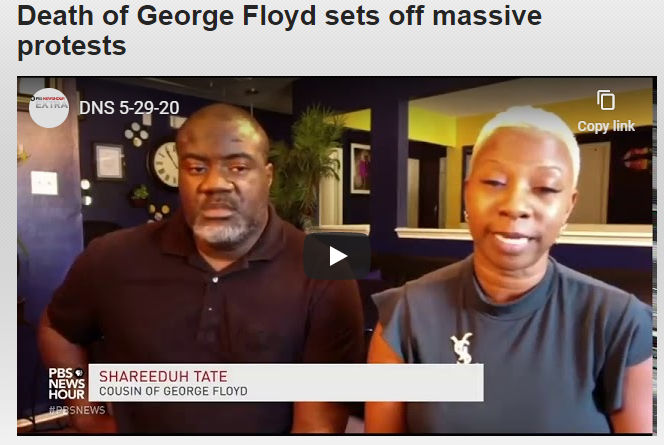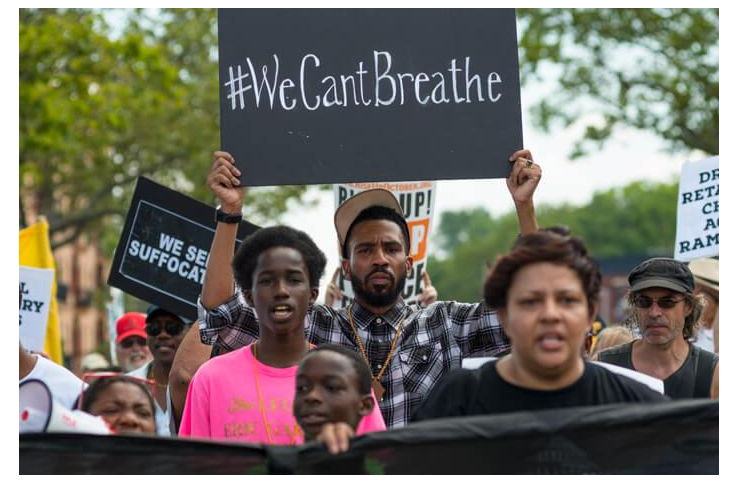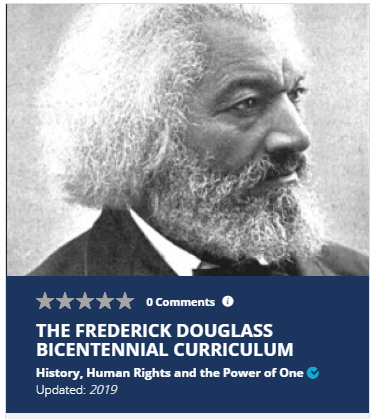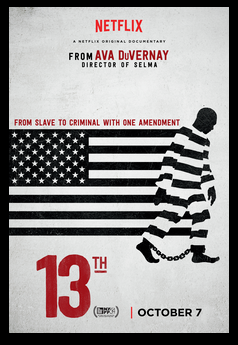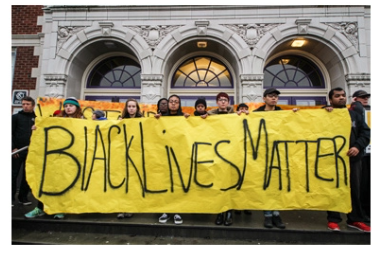11 min read
Educator Resources for Teaching About Racism and Social Justice
![]() Nadyja Von Ebers
:
Jun 23, 2020 8:00:00 AM
Nadyja Von Ebers
:
Jun 23, 2020 8:00:00 AM
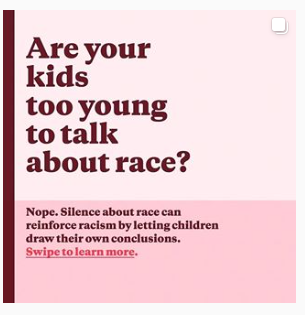
The murder of George Floyd by police officer Derek Chauvin on May 25, 2020, followed by nationwide uprisings and protests against racism and police brutality, have brought to attention the immediate need for more comprehensive education on institutional racism in the United States.

As a teacher, you are uniquely positioned to help your students better understand racism and white supremacy by bringing these conversations into the classroom. These can be highly sensitive and emotional topics, and there are many resources available to help support you and your students as you grapple with these issues.
Before we share a variety of educator tools and resources, a word on teaching about racism and social justice…
A Few Key Things to Remember
The Education System is Part of Systemic Racism
The education system in the United States is not a level playing field for all students. As individual educators, we make up “the system,” and therefore the choices we make in what and how we teach can help create a more egalitarian environment in which Black students can learn and thrive.
This is a great two-part discussion about the educator's role in creating an explicitly anti-racist learning environment. As Ibram Kendi says, “It is not enough to not be racist, we must be anti-racist.” Meaning, teachers have a responsibility not just to educate about the existence of racism in America (currently and historically), but about the active dismantling of it.
Here is a short but excellent overview of some strategies for being an anti-racist educator for further reading.
Anti-Racist Work is a Lifelong Process
As educators (and humans) the process of learning and teaching about race, racism, and social justice is a lifelong journey. You won’t simply teach one lesson about racism and then be done; developing curriculum is ongoing, reflective, and recursive.
When teaching about racism and social justice, you do not have to have all of the answers, nor should you expect to. That’s okay, so long as this deficit is acknowledged. Like all education, it’s the journey, not the destination, that is critical.
Anti-Racist Work is Inherently Collaborative
When sharing resources with students about racism and social justice, it’s important that they weigh in often. Anti-racist education is best approached as an ongoing dialogue (rather than, say, lectures) and requires being an active listener. Embrace your students’ questions and concerns and don’t be afraid to put a pin in difficult conversations and come back to them later when you’re better resourced.
As members of a faculty, lean on your colleagues and your administrative heads for support in finding appropriate resources for your students. Create a space in which to discuss with one another what you’re teaching in regards to racism and social justice, and ask for help when you need it.
Things May Get Messy
There is no perfect formula for teaching about racism and social justice, and again, you will not have all the answers. Because curriculum across all subjects has, for decades, left out so much information about racism, race relations, and social justice movements, educators are now playing “catch up” to diversify and correct their curriculum.
Additionally, much of the current social climate has been highly traumatic for young students of color, which means that you will have to be especially mindful of their feelings and experiences when discussing these topics. Many non-BIPOC students are also confronting their own internalized racism for the first time as well, and there is potential for resistance to what you are teaching.
Be patient with yourself and your students. In teaching about racism and social justice in the United States, you are playing an integral role in dismantling the white supremacy inherent in the education system and at large.
You Will Have to Adapt This Curriculum for Your Students
Finally, keep in mind that any teaching resources or lesson plans you use must be tailored to your unique classroom and student body. Many resources are marked as ideal for certain grade levels but can easily be adapted for older or younger students, depending on the context in which you are teaching the material.
How you incorporate anti-racist educational materials will depend largely on what subject you teach and what other themes or topics you’re teaching. The resources and materials provided here are intended to be a jumping off point, not the end of the conversation.
Our Favorite Education Resource Hubs
We highly suggest you dive in and spend some time familiarizing yourself with each of these resources and referring back to them regularly.
Teaching Tolerance
Teaching Tolerance is an online platform with the mission to “help teachers and schools educate children and youth to be active participants in a diverse democracy.”
(Photo: Clipartkey.com)
A project by the Southern Poverty Law Center, Teaching Tolerance has an extensive, user-friendly, free library of resources for teachers and administrators working with students from kindergarten through 12th grade. There are all kinds of lesson plans available to use and adapt, but they all center around social justice and anti-bias work.
We especially love this platform because you can use the lesson plan builder to create a custom lesson or unit for your students!
In addition to downloadable lesson plans, there are also film kits, student tasks, primary texts, and printable posters available. Using this resource, you’re able to mix and match resources until you’ve created a curriculum that works for you.
Black Lives Matter at School
Black Lives Matter at School is a national coalition for racial justice that houses many amazing teaching and learning resources related to the Black Lives Matter movement, tailored to K-12 students.
(Photo: https://blacklivesmatteratschool.com/)
They provide a treasure trove of teaching materials for all grade levels. Their curriculum resource guide, developed by a community of educators, links directly to a Google drive full of public, free downloadable lessons on challenging racism and oppression.
Black Lives Matter at School also collaborates with D.C. Area Educators for Social Justice, which has its own very impressive set of educator resources broken down by grade level.
Share My Lesson
ShareMyLesson.Com is a mega database of lesson plans shared by teachers of all grade levels and across all disciplines. Notably, they have designated sections for lessons about social justice, including a sub-section for ones specifically about race and racism.
(photo: Sharemylesson.com)
You will have to create an account to use this site, but it’s free and allows you to bookmark and save any lessons you find valuable.
The 1619 Project
The 1619 Project, developed by The New York Times Magazine in 2020, re-examines the history of slavery in the United States. Named for the year the first African slaves were brought to English colonies in North America, the project includes a series of articles, podcast episodes, and other resources that shed new light slavery in the United States. It is considered an ongoing, long-form journalism project.
(photo: Wikipedia.org)
The Pulitzer Center currently houses a great deal of curriculum to use along with the 1619 project in your classroom, including this amazing PowerPoint presentation full of activities for student engagement with the 1619 Project.
Teach Resistance
Teach Resistance is a learning community that empowers students to be agents of change by educating them about patterns of injustice in the United States. Lesson plans are broken down by grade, covering grades K-5. We also really love this lesson plan template that includes a section for “anticipated misconceptions or questions” that students may have.
(Photo: https://teachresistance.wordpress.com/)
ADL.org
ADL stands for “Anti Defamation League,” an organization that actively fights anti-semitism in the United States. Though their mission centers around stopping the defamation of Jewish people, they are also fiercely committed to ensuring “justice for all,” and have many excellent resources about racism and social justice.
(Photo: twitter.com/adl)
In particular, we love these anti-bias tools and resources for educators as well as these classroom guidelines for engaging young people in conversations about race and racism.
But Where to Start? Some Curricular Highlights By Grade Level
The truth is that it will take time, energy, and effort to cull, adapt, and teach content related to racism and social justice. To get you started, here are some resource highlights by grade level.
Note: the grade level designations are only suggestions and content can usually be adapted to the specific needs of your students. For instance, some of the “elementary” resources may indeed be appropriate to integrate into middle school curriculum. And certainly some of the middle school and high school content can be used interchangeably.
When in doubt about the appropriateness of content, weigh in with your department head and/or administrators.
Resources for Elementary School Educators
16 Anti-racist children’s books
While this list is geared toward parents looking to help talk to their kids about racial inequality, many of these make excellent additions to an elementary school classroom.
Each book listed is linked to its publisher, where you can find out more about the target age and reading level.
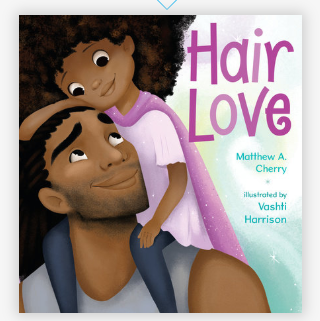
(Photo: https://www.penguinrandomhouse.com/)
The Conscious Kid Instagram account
Run by Black and Brown individuals, the Conscious Kid is a 501c3 educational non-profit that equips parents and educators with the right tools for “supporting racial identity development, critical literacy, and equitable practices in their homes and classrooms.”
The bulk of their resources can be found on their Instagram account, which offer “Parenting and education through a critical race lens.” Again, while many of the resources found on this site are directed at parents, many are useful for elementary school teachers as well.
For example, there are many slide-style posts with advice for talking to young children about race and racial inequality, and there are many incredible suggestions for anti-racist children’s books.

(Photo: https://www.instagram.com/theconsciouskid/?hl=en)
The account is public, but you can also join the Conscious Kid’s patreon for a small fee to gain access to a community of parents and educators dedicated to eradicating racism and to full texts of monthly recommended children’s books!
Early childhood and elementary lesson plans
These lessons gathered by the D.C. Areas Educators for Social Justice all address some aspect of social justice. We particularly like this lesson plan (for grades 4-5) that asks students to listen to Poet: The Remarkable Story of George Moses Horton about an African slave who taught himself to read and write, and then write their own poem about freedom.
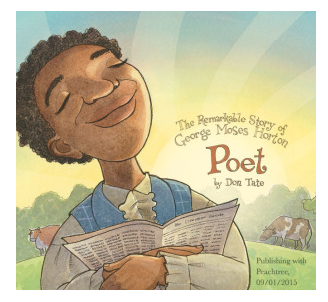

(Photos: https://www.dcareaeducators4socialjustice.org/)
This handout on kid-friendly ways to discuss the 13 Black Lives Matter guiding principles
If you’d love to incorporate the Black Lives Matter principles but are unsure of the languaging to use with elementary school students, this is an excellent downloadable resource.
You can keep it for your own records and incorporate these principles organically in discussion or you can print and hang this up in your classroom.
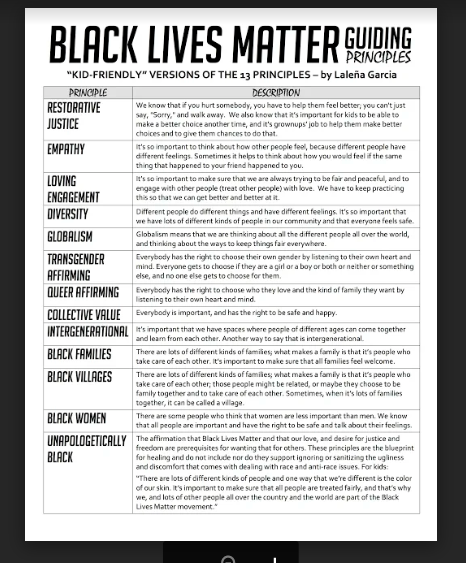
(Photo: https://www.dcareaeducators4socialjustice.org/black-lives-matter/13-guiding-principles)
Resources for Middle School Educators
Identity Iceberg Mini-Lesson
In this short, 15-minute lesson, students explore the intersections of identity in order to identify and eliminate stereotypes and inherent biases.
(Photo: ADL.org)
There’s also a video demonstration that breaks down exactly how to incorporate the lesson, including feedback from an instructor who has implemented the lesson.
[Video] systemic racism
This simple and concise video from act.tv perfectly sums up what systemic racism is and what it looks like in the world in a way that is digestible for middle school students (and everyone, really).
The video covers and breaks down specific ways that inequality exists in education, real estate, the job force, and so on.
(Photo: act.tv)
There are some terms in the video that your students may not be familiar with, so you may want to make an interactive handout including these terms so students can attempt to define them in context and then discuss them with you. For example:
- Systemic racism
- Redlining
- Implicit bias
- Disparity
Since the concept of systemic racism will likely be new to many students, you may also want to include some reflection questions for students to answer during and after the video; for example, “what is one fact shared in this video that surprised you?”
This series of short videos about systemic racism are also super helpful and are broken down by topic (housing discrimination, employment, government surveillance, etc.) for easier plug-in to more specific lesson plans.
Racial Disparities Jigsaw Mini-Unit
This is another time-efficient lesson that can be worked into pretty much any history, language arts, or social studies curriculum. In this activity, students will dive a bit deeper into structural racism, exploring topics like school regsegretation, health care disparities, and the criminal justice system.
It comes with a phenomenal racial disparities information organizer that can be downloaded as a PDF, as well as guidelines for differentiating instruction. It’s best assigned as group work that is then discussed as a whole class, and can be used to build upon the information shared in the structural racism video above.
PBS Lesson Plan on George Floyd’s Death
Because George Floyd’s death was the final straw in a history of police brutality that set off a series of nation-wide uprisings, you may want to discuss the actual incident.
This is an excellent lesson from PBS that asks students to watch PBS news coverage (without the graphic video of his death) about the protests in response to Floyd’s death and then answer a series of reflective questions about it.
This lesson is intended to help students process the incident as well as to think critically about the role of media coverage in such cases.
(Photo: Pbs.org)
What’s especially helpful is that there’s a link to the full video, a video transcript, and a follow-up video activity included as well.
Lessons for middle school (and high school) students
There are 16 incredible lessons included in this resource kit from D.C. Area Educators of Social Justice, on topics including but not limited to: the Black Lives Matter movement, the abolition movement, and police violence.
These are culled from a variety of sources every lesson is free and includes all of the necessary links and documents.
Resources for High School Educators
Teaching about Race, Racism, and Police Violence Toolkit
Created by Teaching Tolerance, this web package was originally released in 2014 as "Teaching About Ferguson: Race and Racism in the United States." It is periodically updated to include the best and more relevant resources for educators about race, racism, and police violence.
(Photo: https://www.tolerance.org/moment/racism-and-police-violence)
This free package includes articles, professional development resources for educators, and classroom lesson plans that can be adapted to many different curricula.
American Slavery Lesson Plans: Teaching Hard History
This is one of the more comprehensive sets of historical information about slavery, the abolitionist movement, and the civil right movement out there. The secondary education materials are particularly robust but there are also lessons for elementary and middle school educators as well.
(Photo: Sharemylesson.com)
Teaching the New Jim Crow Lesson Series
This truly incredible set of lessons are intended to be used when teaching the seminal text The New Jim Crow: Mass Incarceration in the Age of Colorblindness by Michelle Alexander. This means these lessons are best intended for a high school history or social studies instructor.
That said, even if you’re not teaching this text currently, we highly recommend it as required reading for you, and the lessons still serve as an excellent jumping off point for discussing the history of Jim Crow laws and the current prison industrial complex.
The lessons are broken down into thematic units that correspond to the chapters in the book, so if you don’t have time to teach the whole thing, you can easily assign excerpts. Again, even if you’re not teaching this text, it’s likely you’ll find these lessons helpful and adaptable.
13th Documentary
Ava DuVerney’s 2016 documentary named for the 13th amendment to the United States Constitution (1865), which abolished slavery and involuntary servitude, argues that slavery has been perpetuated since abolition through the privatization of prisons and mass incarceration of Black individuals.
The film provides excellent coverage of the economic history of slavery, post Civil War legislation including the Jim Crow laws, and the industrialization of prisons in the time since.
(Photo: https://en.wikipedia.org/wiki/13th_(film))
If you’re a high school history or social studies teacher this is an ideal film to show, especially if you don’t have time for an entire unit on these topics.
Black Lives Matter: From Hashtag to Movement Lesson Plan
This is an excellent primer for high school students on the Black Lives Matter movement, from its origins to its current mission, values, and goals.
This convenient, downloadable PDF lesson includes all the necessary links to articles and videos, as well as a breakdown of learning objectives, key terms, and common core learning standards.
(Photo: NYT.com)
Teaching Ideas and Resources to Help Students Make Sense of the George Floyd Protests
Released by the New York Times last week, this platform includes a variety of educator resources for discussing George Floyd’s murder the the subsequent national protests.
What we like is that each section of this learning resource hub (on the history of policing in the United States, the right to protest, the role of the media, etc.) includes “reflect and react” questions for students that can help them process these traumatic and overwhelming events.
Before building out these resources, the NYT released a set of general reflection questions about the death of George Floyd that you may also find useful.
White Privilege: Unpacking the Invisible Knapsack
Widely considered one of the most important resources for teaching about white privilege and racial inequality, Peggy McIntosh’s 1989 article still holds up today and could be assigned in pretty much any high school course.
In the article, McIntosh lists over 50 “hidden” benefits to being white that make for meaningful self reflection and discussion. To go along with this reading assignment, you could ask students to list other examples of white privilege they can come up with.
Anti-Racism Education: The Journey
Teaching about race, racism, white supremacy, and social justice has always had its place in the classroom, but these topics should now be at the forefront of education, regardless of what grades or subjects we teach.
Remember the resources and lessons we shared today are only intended to be a springboard for the long-term work we will all do as educators to create a more just and egalitarian education system and world.
Are there other educational resources you love for teaching these topics? Let us know in the comments below!


